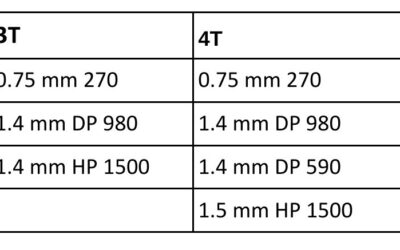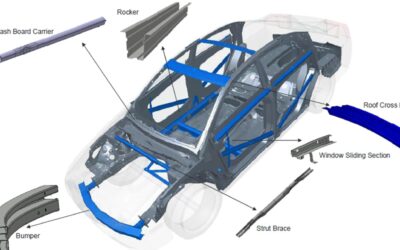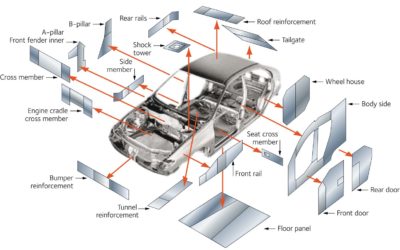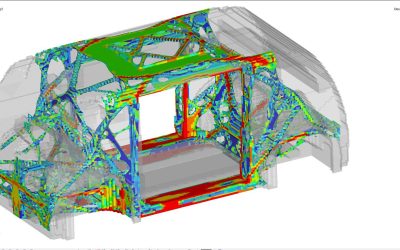AHSS Insights Blog
Resistance Spot Welding: 3T and 4T Dissimilar Steel Stack-ups for Automotive Applications
Car body-in-white (BIW) structures, such as pillars and rails, are increasingly made of complex stack-ups of advanced high-strength steels (AHSS) for vehicle lightweighting to achieve improved fuel efficiency and crashworthiness. Complex stack-ups comprise more than...
Talk Like a Metallurgist
Every industry has its own jargon. In certain settings, these words might be necessary – you wouldn’t want a cardiologist talking to a gastroenterologist about boo-boos and upset tummies. But when these professionals talk with their patients, it’s sometimes necessary...
Roll Forming
Roll FormingCase Study: How Steel Properties Influence the Roll Forming ProcessCoil Shape Imperfections Influencing Roll FormingRoll Stamping Roll Forming Roll Forming takes a flat sheet or strip and feeds it longitudinally through a mill containing several...
High Strain Rate Testing
Background and Motivation As more companies aim to reduce their product’s time to market, research and design engineers have begun integrating predictive modeling into their process. These models, whether finite element based or artificial intelligence based, all rely...
Benefits of Tailored Products in Automotive Body Construction
Key materials characteristics for formed parts include strength, thickness, and corrosion protection. Tailored products provide opportunities to place these attributes where they are most needed for part function, and remove weight that does not contribute to part...
More Reveals of the Steel E-Motive Autonomous Vehicle Demonstration
WorldAutoSteel has a 30-year legacy of steel demonstration all the way back to the Ultra-Light Steel Auto Body (ULSAB), whose engineering report is still being downloaded from our worldautosteel.org site today. The one you may remember best is the FutureSteelVehicle...




